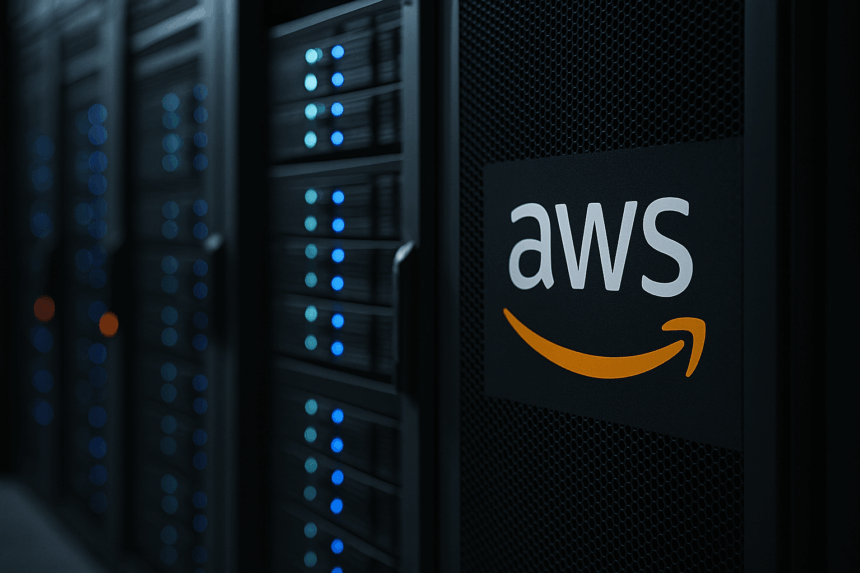Amazon Web Services confirms the recent global outage results from a power synchronization error at its U.S.-East-1 data region. The disruption halts traffic for hours across Netflix, Disney+, Slack, and hundreds of online services.
What’s Happening & Why This Matters
AWS engineers report a hardware timing conflict between redundant systems that triggered cascading load failures. The incident shut down major compute and storage nodes, disrupting global platforms and application APIs. While service restoration occurred in stages, analysts estimate billions in temporary losses from downtime.
AWS manages roughly 32% of global cloud market share, supporting over 1.45 million enterprises. The outage exposes dependence on centralized infrastructure. Major clients rely on AWS to host mission-critical operations, underscoring how essential its uptime remains.
The Uptime Institute reports that large-scale data center incidents cost enterprises an average of $9,000 per minute. For AWS clients, even minor disruptions ripple through global commerce.
Inside AWS Operations
AWS divides its infrastructure into regions, each with multiple Availability Zones. These zones contain independent power, networking, and cooling systems that interconnect for redundancy. However, synchronization errors between control subsystems triggered automated safety shutdowns across clusters.
The outage underscores AWS’s architectural complexity. Each region operates tens of thousands of servers, feeding trillions of transactions daily. An electrical fault or timing delay can interrupt millions of endpoints instantly.
AWS states that new safety protocols reduce risk of recurrence. Engineers refine system orchestration layers to detect early instability. Analysts believe AWS’s scale gives it resilience, though incidents like this reveal the fragility of cloud dependency.
TF Summary: What’s Next
MY FORECAST: AWS reinforces regional safeguards after this outage. Expect infrastructure audits and new resilience standards across hyperscale operators. Enterprises diversify workloads between AWS, Google Cloud, and Microsoft Azure to minimize exposure. Cloud centralization is efficient, but multi-cloud adoption must be championed as essential for continuity.
— Text-to-Speech (TTS) provided by gspeech


